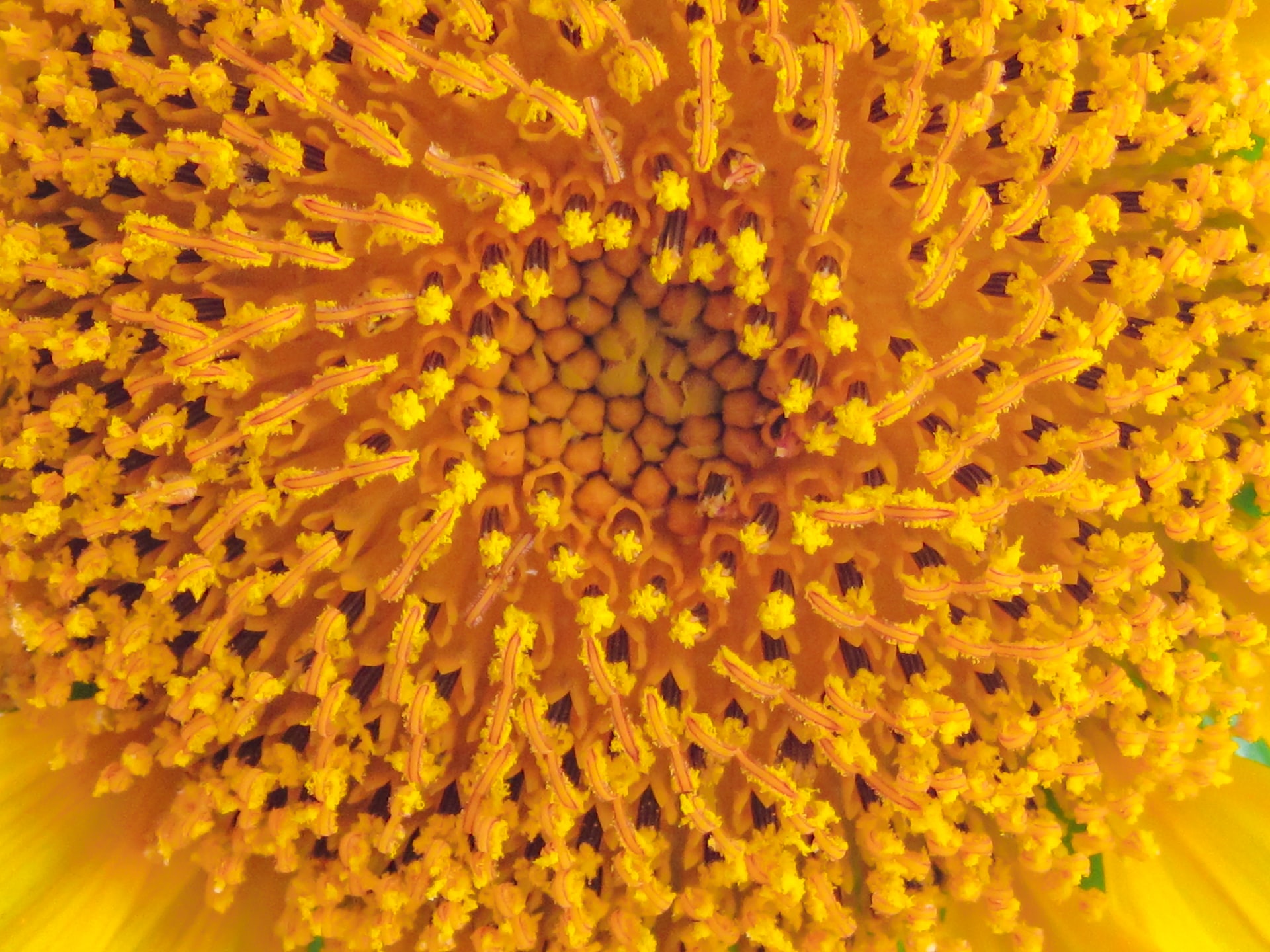Student Sheet 4 – Pollen Tube Growth
Resource
Demonstrating the growth of pollen tubes under a microscope is a fascinating insight into a hidden part of biology. Over the course of a double lesson, students can see and measure the growth of the pollen tubes, and discuss the factors that influence this. Pollen tube growth is easily observed under medium power of a microscope, and this practical suggests some ways in which this can be done. Picking the right pollen for the right of year is important, and this is detailed in the ‘Pollen germination across the seasons’ document.
When a pollen grain is released from an anther, it is partially dehydrated. If the pollen then lands on the surface of a stigma of the same flower (self-compatible) or of a different flower of the same species (self-incompatible), it rehydrates. Some species have ‘dry’ stigmas, and it is thought that lipids in the surface coat of the pollen grain bring about a concentration gradient of water that directs the growth of the pollen tube. If the humidity is very high, the pollen will rehydrate anyway. Other plants have ‘wet’ stigmas and the stigma exudate hydrates the pollen grain itself, so surface lipids in the pollen are not so important.
The images file shows the growth of pollen tubes under the microscope over the course of 75 minutes.
What's included?
- SAPS Sheet Student 4 - Pollen Tube Growth - Student Sheet
- SAPS Sheet Student 4 - Pollen Tube Growth - Teachers and Technicians Sheet
- SAPS Sheet Student 4 - Pollen Tube Growth
- SAPS Sheet Student 4 - Pollen Tube Growth - Pollen germination across the seasons
- SAPS Sheet Student 4 - Pollen Tube Growth - Images